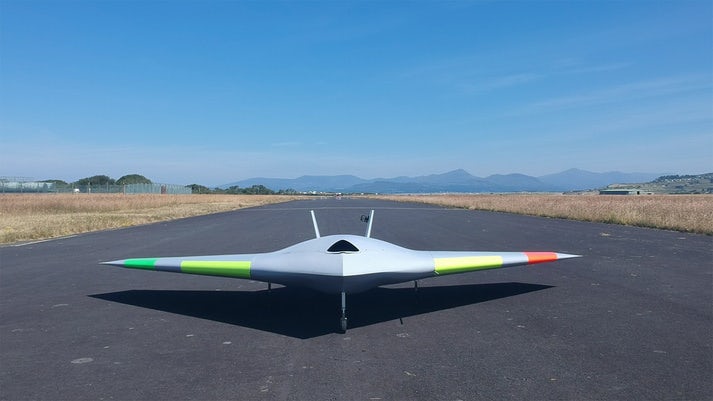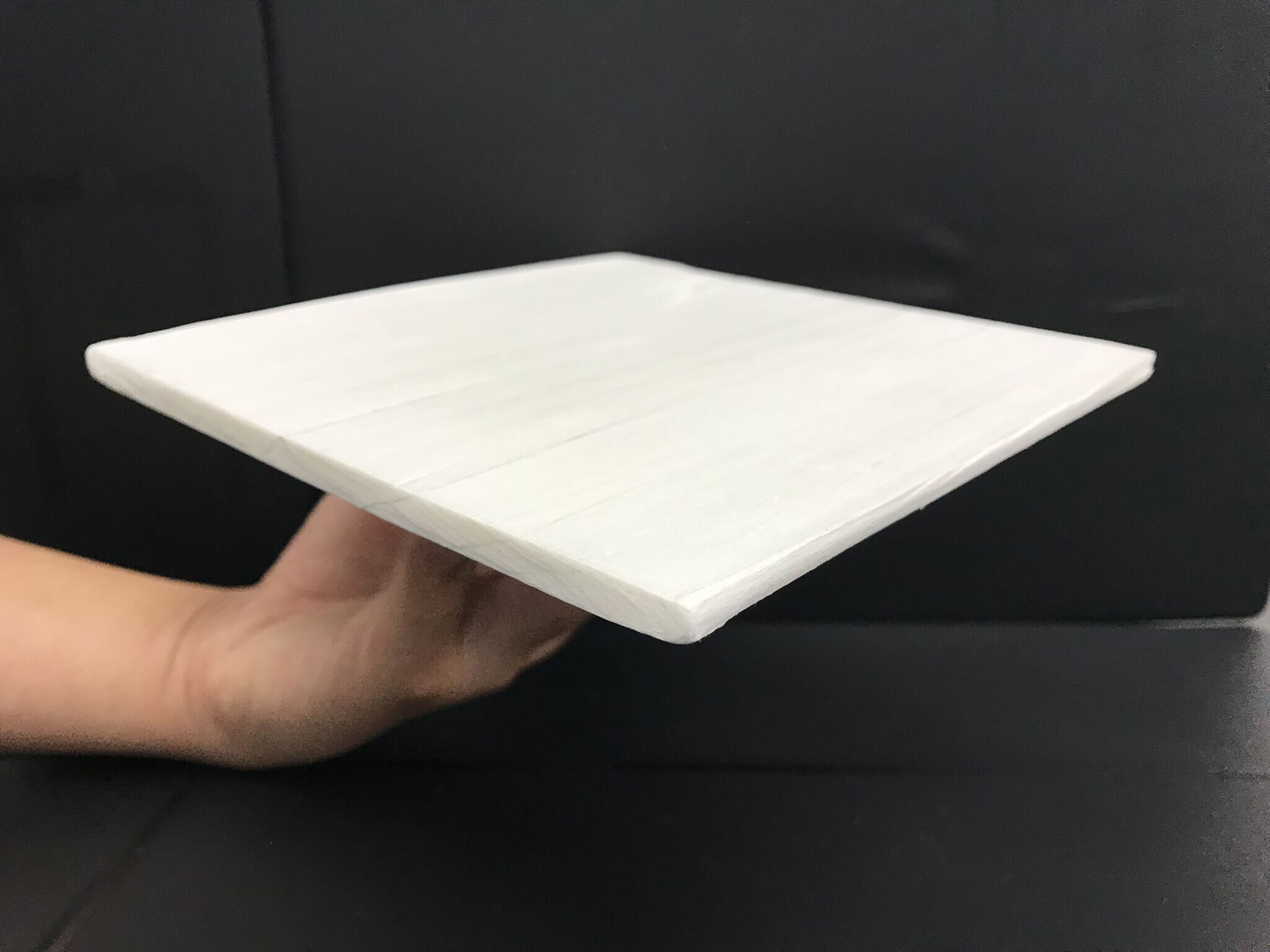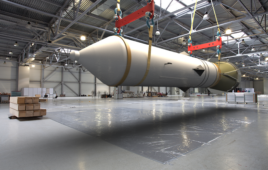May brought with it a lot of interesting engineering news. For a rundown of the top five ECN stories of the month, check out the list below.
1. Flap-Free Aircraft Demonstrates Breakthrough in Aircraft Design with Blown Air
Researchers from BAE Systems have achieved a feat in aviation—they were able to maneuver an aircraft in flight with supersonically blow air. This “flap-free” technology removes the need for complex movable flight control surfaces, thus improving control and performance of the aircraft.
The company’s wing-shaped MAGMA UAV demonstrated two variations of the simpler blown-air method. The first was Wing Circulation Control, which takes air from the aircraft engine and blows it supersonically through narrow slots around a specially shaped wing tailing edge in order to control the aircraft. The second was Fluidic Thrust Vectoring, which controls the aircraft by blowing air jets inside the nozzle to deflect the exhaust jet and generate a controlled force.
The team at BAE Systems believes the recent flap-free flight trials could one day revolutionize the future of flight.

(Image Source: BAE Systems)
University of Maryland researchers were able to develop a passive cooling method by harnessing the tiny structures of processed wood that radiate heat away. Specifically, it is wood’s cellulose nanofibers and the natural chambers that grow to pass water and nutrients up and down inside a living tree. Even more, this method can help reduce the electricity bill of many homeowners.
During tests on an Arizona farm, the researchers found that the wood stayed, on average, five or six degrees cooler than the ambient air temperature—even during the hottest part of the day. It stayed, on average, 12 degrees cooler than natural wood, which warms up more in the presence of sunlight.

(Image Source: University of Maryland)
3. NASA’s Lunar Orbiter Spots Beresheet’s Crash Site
SpaceIL’s Beresheet spacecraft started its journey February 21 as the first privately funded mission to the moon. Thursday, April 11, was the big day—the landing attempt. However, something went wrong and the spacecraft ultimately crashed on the moon’s surface.
NASA’s Lunar Reconnaissance Orbiter (LRO) has spotted the crash site of the Beresheet lander, which further confirms its unfortunate demise. The left side of the image below depicts the lander’s crash site at 32.5956°N by 19.3496°E at an elevation of about 2,613 m (1.6 mi). The right depicts the same area with the brightness changed to enhance the surface changes.

(Image Source: NASA/GSFC/Arizona State University)
4. ‘Walk on Water’ with This Segway-Like Electric Craft
A Segway-like electric device that lets you feel like you’re walking on water? Count me in! Called the Wheeebo, riders simply shift their body weight in the direction they want to go. Onboard sensors are ready to detect this change. Once the weight shift is identified, the electric craft will speed up, stop, or turn in the appropriate direction.
A propeller is mounted underneath the board, and a wireless handheld remote controls the two acceleration modes. The craft travels at a walking speed of 3.5 mph, and draws power from a nickel-hydrogen battery pack. The device, developed by Japanese company Yanmar, is set to be released next year, and its pricing details are still unknown.

(Image Source: Yanmar)
5. Watch This Robot Walk Across a Path of Unsteady Cinder Blocks
Boston Dynamics’ Atlas robot has surfaced in the news again, this time showing off some measured footwork across tricky terrain. In a video posted by the company, the robot was seen walking across a narrow route, even over some unsteady cinder blocks, with its autonomous path planning.
“The robot senses the terrain with lidar and builds a map of planar regions. A path planning algorithm plans footsteps across the planar regions to a goal location, specified by an operator,” according to the video description.
The description also mentions that the robot has a 50 percent success rate crossing over the type of terrain in the video. But the company has plans to up that percentage by using angular momentum to add balance and “better considering joint ranges of motion.”
Filed Under: Aerospace + defense




